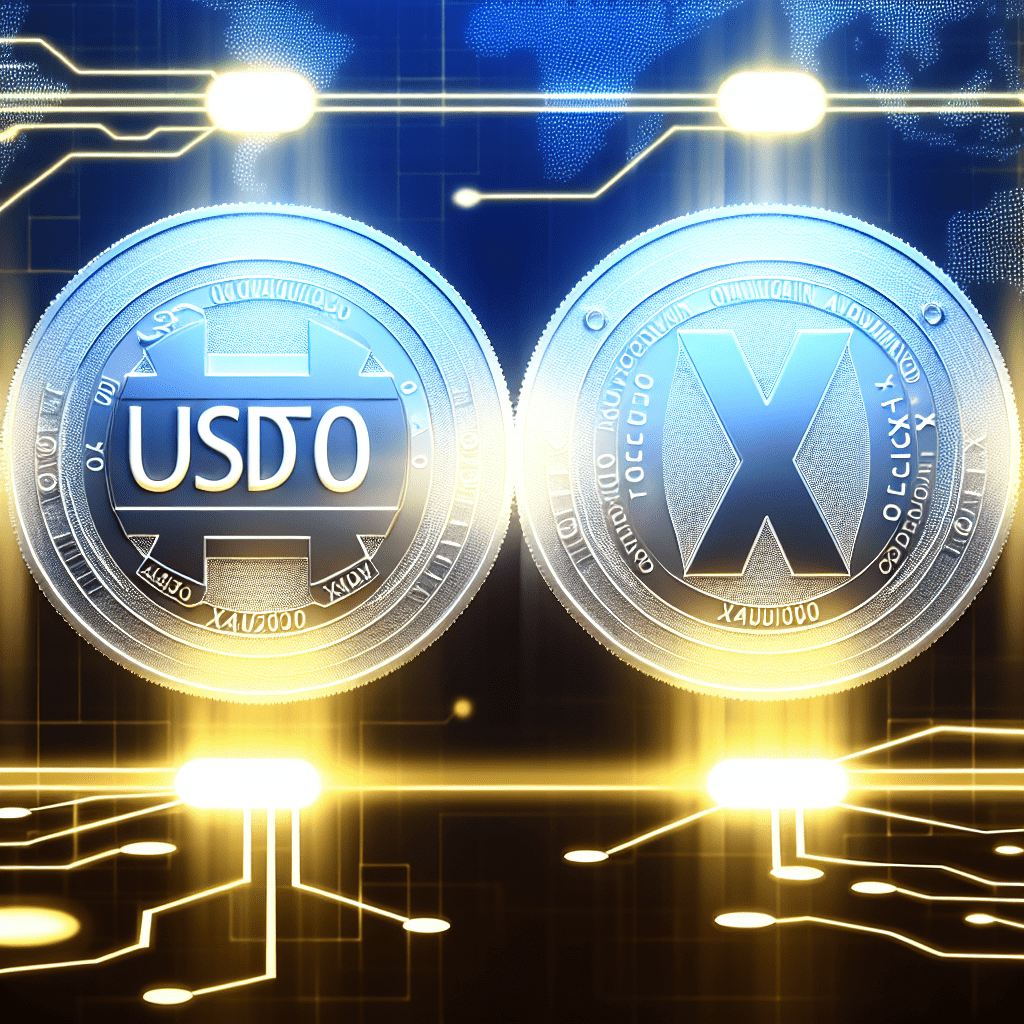Omnichain versions of Tether’s stablecoin USDt (USDT) and Tether Gold (XAUT) are now accessible on Solana via Legacy Mesh, an interoperability network built on LayerZero. This network integrates native stablecoin liquidity across various blockchains, positioning Solana as a viable settlement layer for on-chain finance and real-world assets (RWAs).
The launch of USDT0 and XAUT0 effectively brings Tether’s digital dollar and tokenized gold to Solana, potentially integrating stablecoin liquidity with real-world asset applications.
Unlike Tether’s USDT stablecoin, USDT0 is not issued by Tether itself. It operates within a third-party omnichain liquidity network designed to consolidate existing native USDT liquidity across multiple blockchains. Consequently, Solana’s integration may enhance Tether’s omnichain presence, following earlier USDT0 implementations on Ethereum, OP Superchain, Polygon, TON, and Arbitrum.
Legacy Mesh fosters interoperability by connecting native USDT liquidity pools, enabling stablecoins to transition between networks without the need for wrapped tokens or external bridges. Nonetheless, bridging risks and liquidity fragmentation continue to pose challenges across multichain infrastructures, complicating predictions on how much USDT liquidity will actually shift to Solana.
Companies involved report that the expansion boosts access to Tether’s USDt, the largest stablecoin by market cap, with a circulating supply of around $180 billion.
Since its introduction, USDT0 products have managed over $25 billion in bridge volume across more than 32,000 transfers, the companies stated.
Tamar Menteshashvili, Solana Foundation’s head of stablecoins, noted that the integration will foster growth in decentralized finance, payments, and institutional-grade financial products on Solana. This could practically encompass treasury management, remittances, and collateralized lending.
While XAUT0 is less recognized, it signifies an omnichain version of Tether Gold, gaining attention amidst the year-long rise in gold prices. XAUT brings the yellow metal to the blockchain, offering programmable features akin to digital assets like Bitcoin (BTC).
Related: Ethereum Foundation’s near-term UX priority is interoperability
Stablecoins, RWAs gain traction on Solana
Solana, recognized in crypto circles as one of the fastest-growing blockchain networks, is drawing increasing interest from traditional finance. With a market capitalization of about $112.6 billion, Solana is the second-largest smart contract platform, trailing only Ethereum.
Matt Hougan, chief investment officer at Bitwise Asset Management, remarked that Solana is poised to capture Wall Street’s favor, potentially becoming the preferred network for banks’ stablecoin transactions.
Simultaneously, RWA tokenization on Solana is advancing rapidly. Protocols like Splyce and Chintai have recently introduced products that enable retail investors to access tokenized securities directly on the network.
Despite this progress, Solana represents only a small portion of the overall RWA market, holding approximately $694 million in tokenized assets on-chain, according to industry data. Ethereum continues to be the leading network for RWAs, accommodating nearly $12 billion in value.
This disparity highlights the competition among blockchains vying for institutional finance and real-world asset flows, particularly against a backdrop of pro-industry regulatory changes in the United States.
Magazine: Solana Seeker review: Is the $500 crypto phone worth it?

